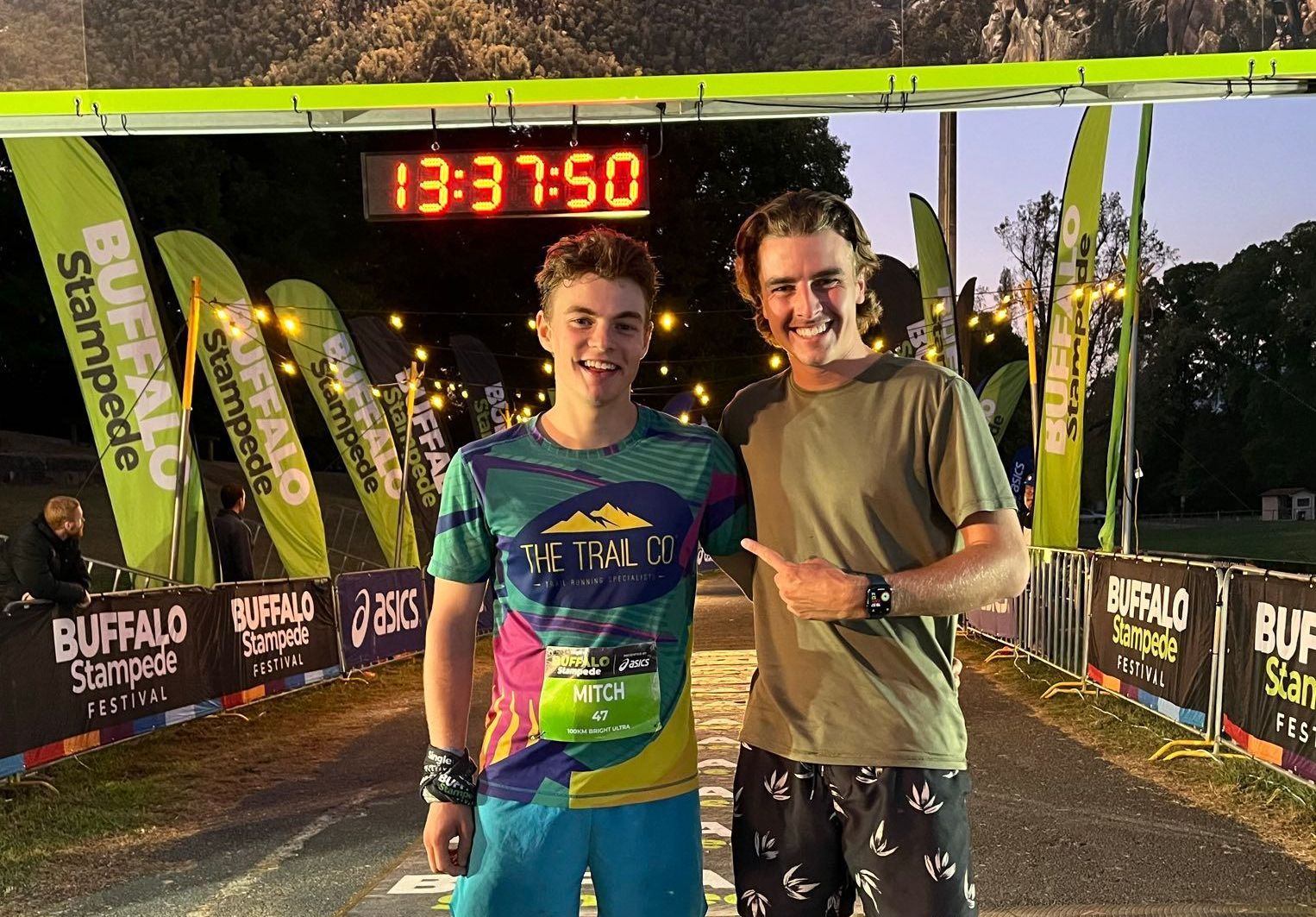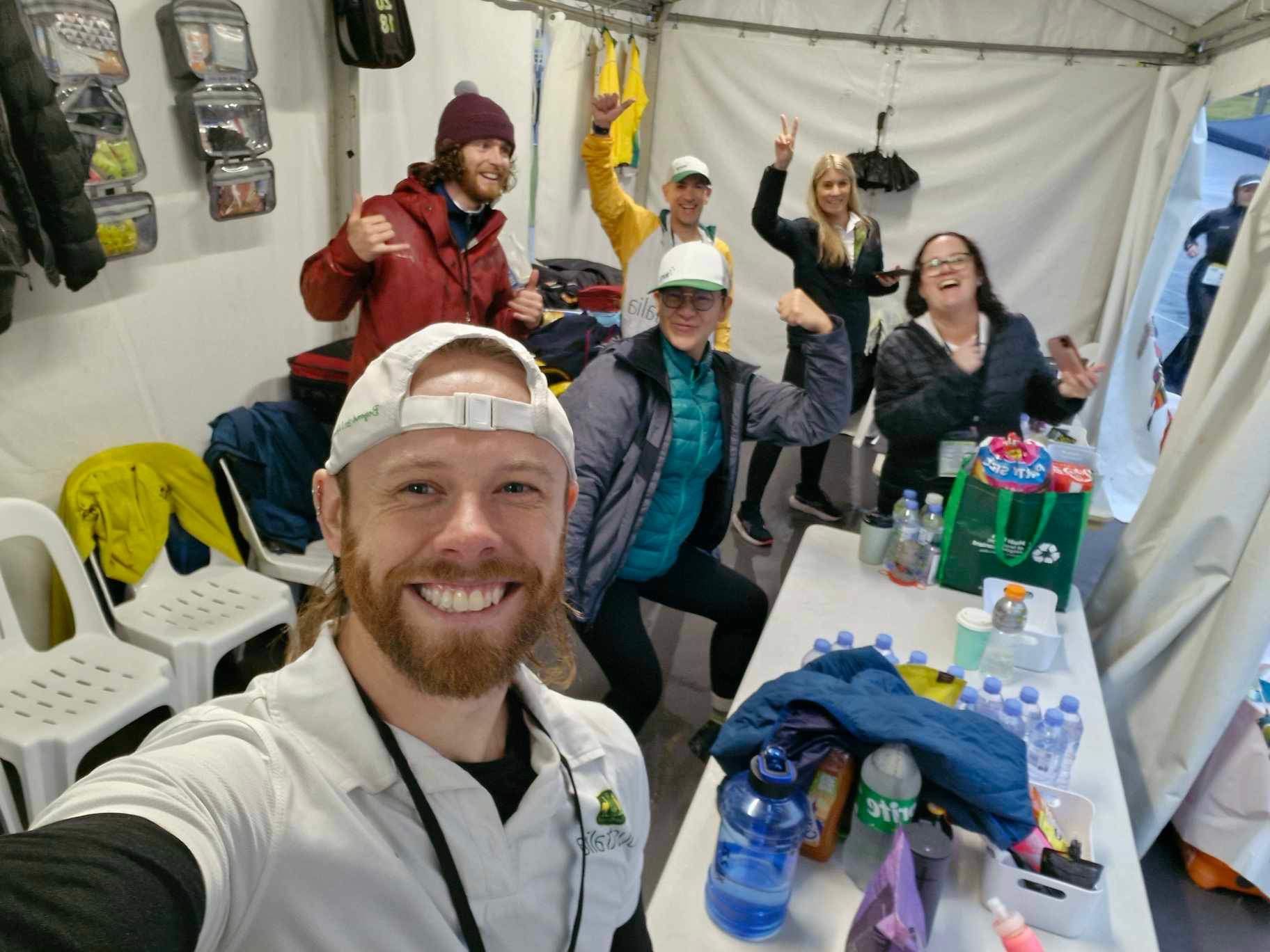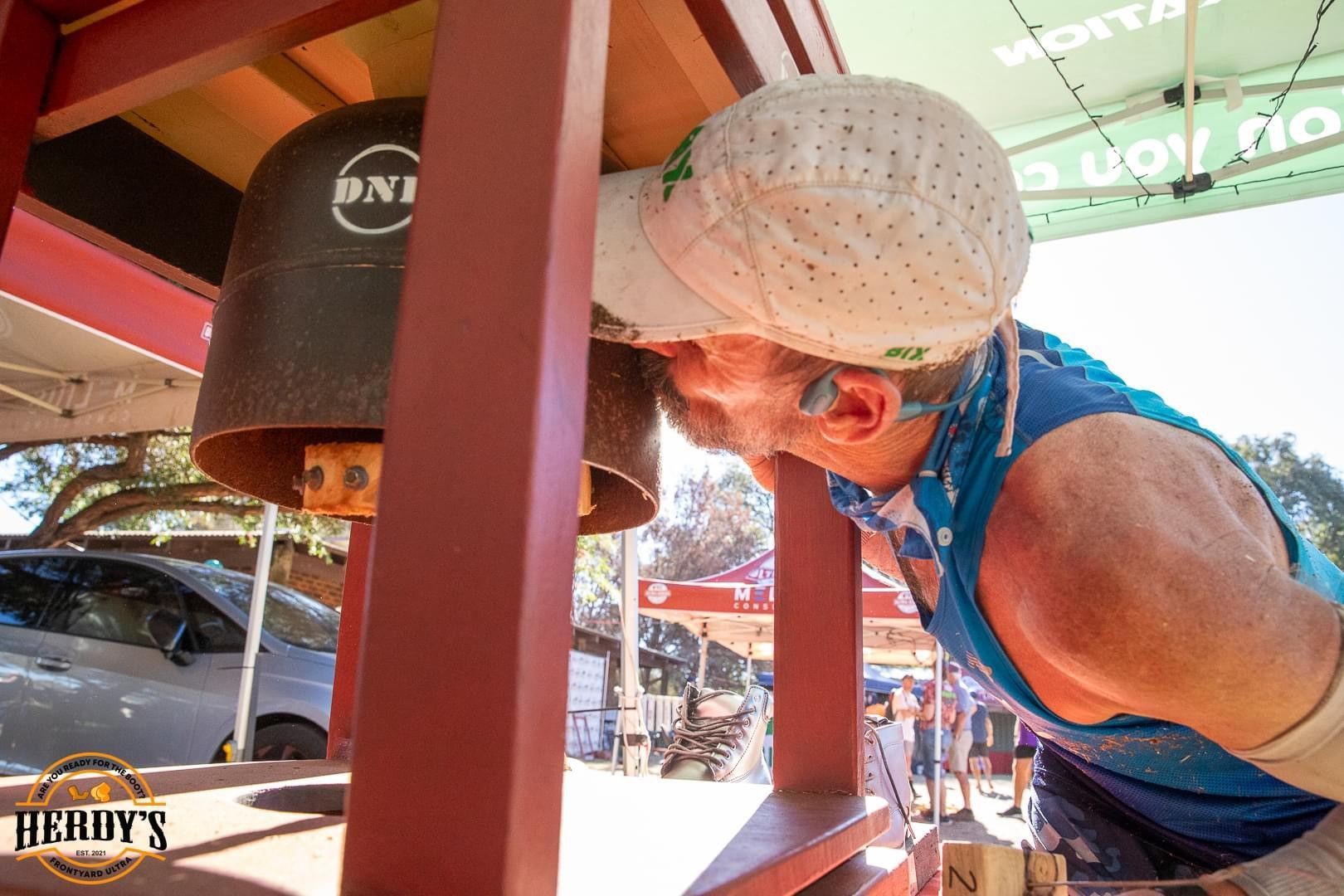
RHABDOMYOLYSIS – A BIG WORD WITH AN UGLY MEANING FOR ULTRA RUNNERS
By Elizabeth Bennett
Rhabdomyolysis is a serious medical condition in which muscle breakdown occurs either as a result of direct injury to the muscle(s) or from strenuous over exertion of the muscle(s) in extreme circumstances. In the case of ultra running, it is the latter cause that is most likely to result in rhabdomyolysis, although extreme downhill running may increase the risk of direct muscle injury being a causal factor.
Rhabdomyolysis muscle breakdown involves the contents of skeletal muscle – in particular creatine kinase (CK) and myoglobin – entering the body’s bloodstream and having a toxic effect leading to systemic complications such as hyperCKanemia, compartment syndrome, acute renal injury and/or kidney failure, cardiac arrhythmias and/or cardiac arrest. If rhabdomyolysis is serious enough or not treated promptly it can be fatal.
The classic presentation of rhabdomyolysis is muscle pain, muscle weakness, nausea, vomiting, dehydration, high temperature, abdominal pain, dark urine (red or brown), and an increase in CK 5-10 times above the upper level of normal. Unfortunately for ultra marathoners, many of these symptoms are often experienced while ultra running and yet are not indicators of rhabdomyolysis, and so the significance of these symptoms possibly being reflective of rhabdomyolysis may be riskily ignored. (And of course, CK levels can only be measured by a blood test and so no ultra runner is likely to know how high their CK levels are during and/or after ultra running.)
Acute kidney injury is the most common systemic complication of rhabdomyolysis, occurring in up to 55% of cases. These cases typically have poor, life threatening outcomes, particularly when multiple organ failure also occurs, and so the preservation of renal function with intravenous fluid therapy is always the most important first aid treatment for rhabdomyolysis. This in itself presents another risk, or compounds the risk, for ultra runners as there are many ultra running environments in which intravenous fluid first aid may not be readily available.
Treatment types beyond initial intravenous fluid first aid may vary depending on the health status of the individual and/or any other complications at the time.
Another complicating factor for ultra runners is that rhabdomyolysis may also be contributed to by factors unrelated to running. These factors include genetic disorders, recent viral infections, a wide range of medications and drugs (including statins, herbal medications, vitamin and mineral supplements, and/or illicit drugs), alcohol use and recent surgery (i.e. recent anaesthetic). Ultra runners may carry any number or combination of these risk factors and yet not be aware that they are risk factors or for how long they may be risk factors.
The risk of rhabdomyolysis from running-specific causes may be reduced with common sense training and racing prevention strategies such as:
- Ensuring that sufficient run and strength training is undertaken in a progressive and timely manner, both in terms of duration and intensity;
- Undertaking event specific training – i.e., graduated training under similar environmental conditions including temperature, humidity and terrain;
- Incorporating sufficient eccentric muscle training, up/down hill running and plyometrics in preparation for hilly and/or rocky courses, and courses that involve clamouring over obstacles;
- Implementing tried and tested nutrition and hydration plans for the run/race conditions;
- Heeding warning signs; in particular dark coloured urine.
The risk of rhabdomyolysis being caused by non-running related factors, but occurring while running is highly individual, and so all ultra runners with any of the risk factors referred to above should consult their treating practitioner pre ultra running/racing.
And so now to the big, ugly question …“how great is the risk of rhabdomyolysis for ultra runners?” There is of course no definitive answer to this question as rhabdomyolysis in ultra runners has not been studied extensively and the studies that have been done indicate that the incidence of rhabdomyolysis is significantly under reported – i.e., they don’t include studies or reports of rhabdomyolysis occurring in ultra running training runs, fatass runs and/or runs of lesser distances by ultra marathon runners such as marathons and/or even fun runs. However, of cutting significance is the fact that there have been many incidents of rhabdomyolysis occurring in well known and popular ultra marathon events both in Australia and overseas – e.g. Nerang (Qld, AUS) and Western States (USA).
Of course that in itself is an answer to the question, i.e. the risk is probably greater than most ultra runners think and hence all ultra runners, their crews and race directors should err on the side of caution and heed any early warning signs of rhabdomyolysis.
Two key warning signs in particular worth acting on are: dark coloured urine and increased CK levels (including increased CK levels up to 5-7 days post run and/or post other symptoms becoming apparent and/or persisting). If in any doubt ultra marathon runners should consult their treating practitioner or hospital emergency department.
My final cautionary word on this topic to all ultra marathon runners is this …. most ultra runners pride themselves on withstanding immense physical discomfort, putting “mind over matter” and “finishing at all costs”. But all of those hardarse, egocentric motivations should be put aside if there are symptoms of rhabdomyolysis because rhabdomyolysis may not give you a second chance at life, let alone a second chance at another ultra marathon.
Rhabdomyolysis can be that bad and that ugly.









